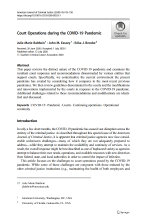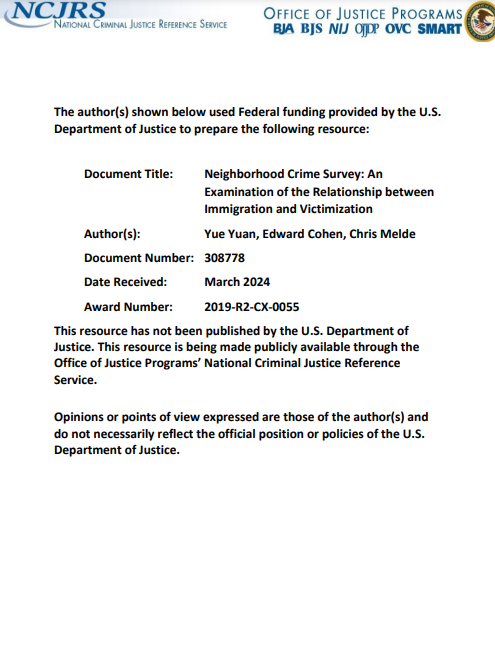The Young Advocates project is a youth-led project that places the voices and experiences of children and young people affected by the justice system at the heart of decision-making.
The project is delivered in partnership by the Alliance for Youth Justice (AYJ) and Leaders Unlocked and is led by children and young people who have lived experience of the youth justice system. The current report presents findings from conversations with 90 children and young people with experience of the youth justice system.
Peer research
The report is based on group workshops and an online survey and focuses on three priorities:
1. Criminalisation: A process whereby acts become seen and treated as criminal, through public perception, legislation and law enforcement.
2. Policing: The first contact most children have with the justice system and law enforcement.
3. Intervention and Diversion: Things that can help young people avoid the justice system.
Criminalisation
The key finding is that young people are put under suspicion due to their age, associations and ‘the group’ and most targeted due to race and nationality. Intersectionality significantly impacts targeting and treatment.
Negative stereotype-driven, long-term labelling continues to be a trust-eroding issue across many of the services that young people access. Common aspects of childhood and adolescence – travelling to and from school, being with friends or family, and changes in appearance or style – are perceived as suspicious and often amplified by the specific demographic characteristics of those involved. This is reportedly felt regarding treatment by schools, policing, social and mental health services, as well as extending to portrayals of youth in mainstream media.
Young people repeatedly suggested race, nationality, and perceived age as reasons for unequal treatment. This makes experiences of labelling, targeting and criminalisation feel indistinguishable from each other, and has a cumulative impact. However, children and young people’s age, associations and groups were most frequently mentioned as being penalised and punished in their day to day lives. These broad categories allow for even more opportunities to be labelled for children and young people who are also racialised or otherwise marginalised.
Young people felt that targeting of their social lives is partly related to perceptions of young people and why they are viewed this way. There is a sense that ‘good news doesn’t sell’ and stories from and about social media show inaccurate portrayals of youth culture, allowing for a generation to be generalised
Policing
Young people generally felt that the police have too much power, and not enough accountability. Some young people could acknowledge that they had experienced fewer negative interactions with police officers than others they know. There is increasing cultural significance in the numerous cases of police sexual misconduct and brutality in the news, and a heightened sense of fear and frustration that no consequences have been seen for officers involved.
Survey respondents disagreed strongly with the idea that police in schools would increase feelings of safety, and strongly agreed that the presence of police changes where they go. This raises a worrying question about where children at risk of violence, exploitation or exposure to criminal behaviour can go
to feel truly safe.





















